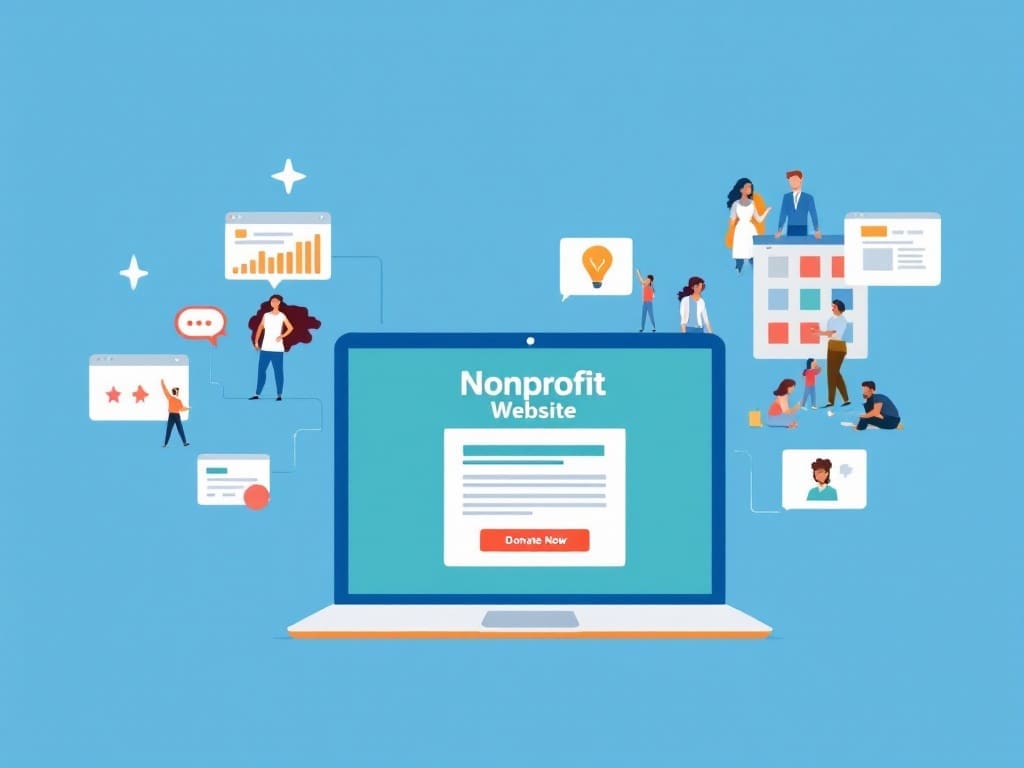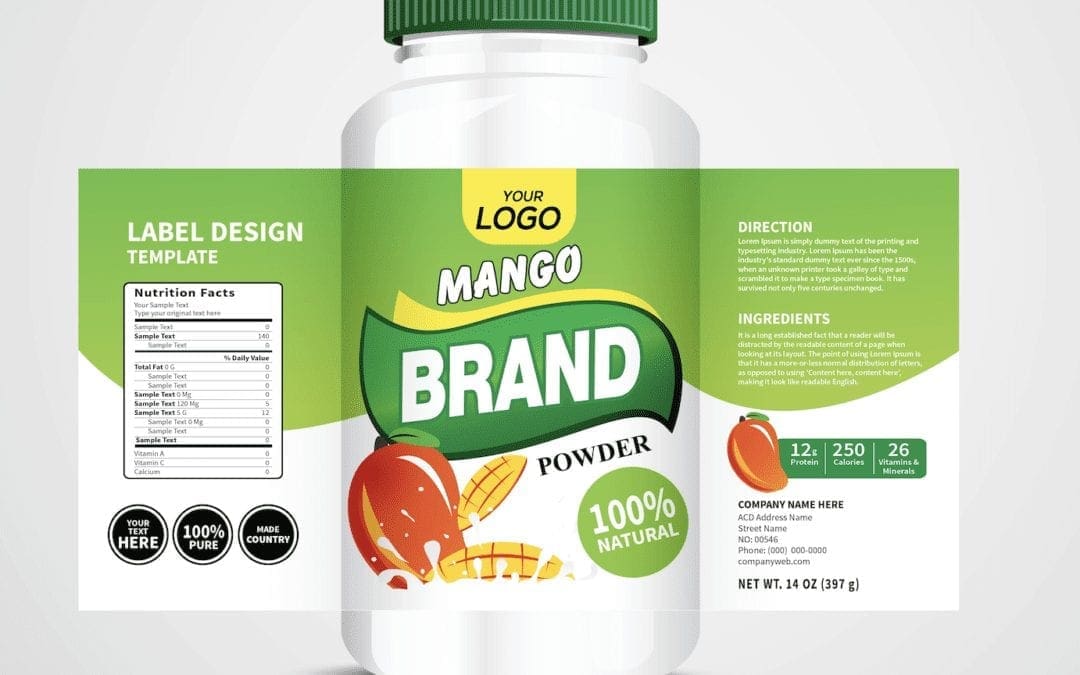
What is Responsive Web Design and Why Does Your Business Need It?

In today’s digital world, having a website isn’t enough—you need a website that looks great and functions well on all devices. This is where responsive web design comes in. Whether someone visits your site on a desktop, tablet, or smartphone, a responsive design ensures they have a seamless experience.
But why does this matter for your business? Let’s break it down.
What is Responsive Web Design?
Responsive web design (RWD) is an approach to web development that makes websites automatically adjust to different screen sizes and resolutions. Instead of designing separate sites for desktop and mobile users, a responsive website adapts fluidly, ensuring all visitors have an optimized experience.
This is achieved using:
-
Flexible grids & layouts – Elements resize based on screen size.
-
Media queries – CSS rules that adjust styles for different devices.
-
Scalable images – Images resize dynamically to prevent distortion.
In short, a responsive website is one site that works everywhere—no pinching, zooming, or frustrating scrolling needed.
Why Does Your Business Need Responsive Web Design?
1. Mobile Traffic is Dominating
Over 60% of web traffic now comes from mobile devices. If your website isn’t mobile-friendly, you risk losing a huge chunk of potential customers. A responsive design ensures that your site looks great whether viewed on an iPhone, Android device, or tablet.
2. Better User Experience = More Conversions
Ever visited a website that was hard to navigate on your phone? Chances are, you left quickly. A responsive website improves usability, keeping visitors engaged and increasing conversions—whether that’s signing up for a newsletter, booking an appointment, or making a purchase.
3. Google Prioritizes Mobile-Friendly Sites
Google ranks mobile-friendly websites higher in search results. Since mobile-first indexing is now the standard, a non-responsive website could hurt your SEO. If you want your business to be found online, responsive design is a must.
4. Saves Time and Money
Maintaining separate desktop and mobile websites can be costly and time-consuming. With a responsive design, you only have one website to update and manage, saving you both time and money in the long run.
5. Competitive Advantage
Many businesses still lack responsive websites. By ensuring your site is mobile-friendly, you’re already ahead of competitors who haven’t made the switch. A modern, accessible, and user-friendly website builds trust and credibility with your audience.
How to Make Your Website Responsive
If your website isn’t responsive yet, here’s what you can do:
✔ Use a Mobile-Friendly Website Builder – Platforms like WordPress, Squarespace, and Wix offer responsive templates.
✔ Implement a Responsive Theme – If using WordPress, choose a mobile-optimized theme.
✔ Optimize Images and Media – Use scalable images and avoid large file sizes that slow down mobile loading speeds.
✔ Test Your Site Regularly – Use Google’s Mobile-Friendly Test to check responsiveness.
Final Thoughts
A responsive website isn’t just a nice-to-have—it’s a business necessity. It improves user experience, boosts your search rankings, and ensures your customers can easily interact with your brand on any device.
If your site isn’t mobile-friendly yet, now is the time to make the switch. A well-designed, responsive website can mean the difference between gaining a customer or losing one to your competitor.
Need help making your website responsive? Let’s chat about the best solution for your business!






